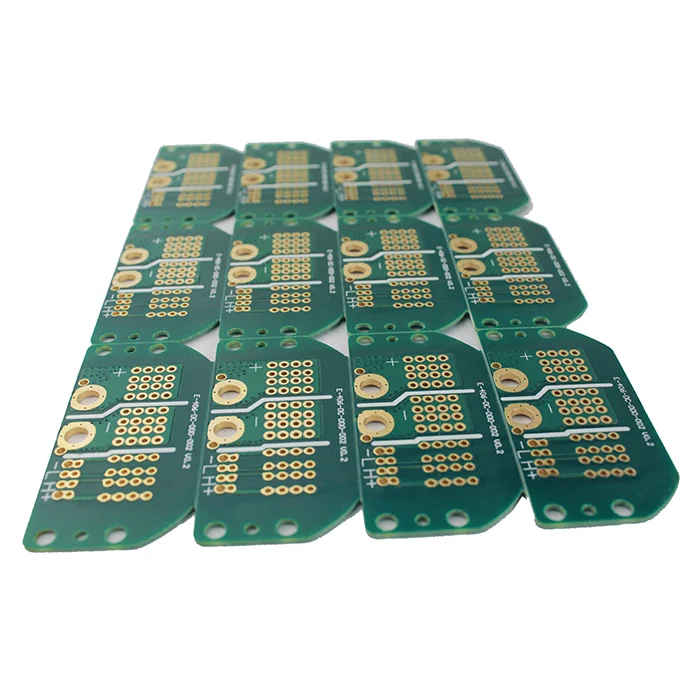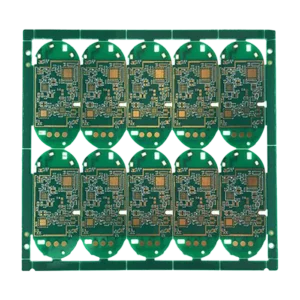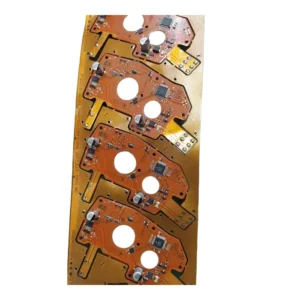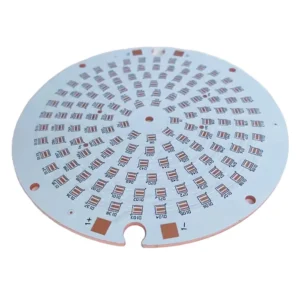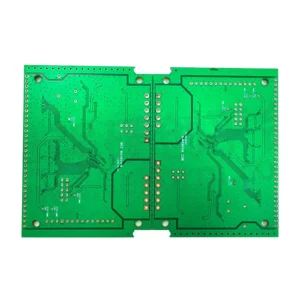0.5/1/2/3/4 oz Standard Copper Thickness PCB
$90.90
Standard copper thickness PCB generally refers to PCB with standard 0.5oz, 1oz, 2oz, 3oz, 4oz per square foot of copper. Among them, 1 oz copper PCB is the most common one. Standard 1 oz copper PCBs are structured with conductive layers, core or substrate layer, dielectric layers, and surface finish. They are ideal for digital boards, consumer electronics like phones, low-power circuits like sensors, and more.
Shipping fee and delivery date to be negotiated. Send inquiry for more details.
Your payment information is processed securely. We do not store credit card details nor have access to your credit card information.
Claim a refund if your order is missing or arrives with product issues, our support team would deal with your refund within 24 hours.
| Layer Counts | 4L |
| Base Material | Copper |
| Board Thickness(mm) | 1.6mm |
| Max board size(mm) | 570*850mm |
| PCB size tolerance | ±0.3mm |
| Min. Hole Size | 0.1mm |
| Min. Line Width | 4mil |
| Copper Weight | 1oz |
| Surface Finish | ENIG |
| Certificate | UL, RoHS, ISO, ISO9001, ISO13485, IPC610, and REACH |
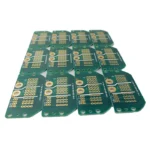 0.5/1/2/3/4 oz Standard Copper Thickness PCB
0.5/1/2/3/4 oz Standard Copper Thickness PCB
| 5 star | 0% | |
| 4 star | 0% | |
| 3 star | 0% | |
| 2 star | 0% | |
| 1 star | 0% |
Sorry, no reviews match your current selections
Questions & Answers
1. What is your lead time?
1-2 days. We have our own warehouse and stock in large quantities.
2. What is the shipping port?
We ship the goods via the Port of Hong Kong or Shenzhen.
3. What alternate surface finishes are available?
We provide those surface finishes: ENIG, HASL OSP, Immersion Silver, ENPIG, and Immersion Tin.
4. Can I mix Rogers layers with a copper core?
Yes, hybrid PCBs are possible, and you can inquire with our expert for more information.
5. Can I use the standard copper thickness PCB for RF power amplifiers?
Yes, but you need to choose copper thickness based on frequency. It is ok to use 1 oz copper for <10W, <1 GHz, but for high power RF PAs, you may need to choose 2 oz copper PCB for loss reduction and heat dissipation.
6. Why does the 1oz PCB overheat even at low current?
You can first check the near board edge for better heat dissipation, and see whether there is inadequate grounding.
7. What’s a typical 4-layer copper core PCB stack-up?
Layer 1 (Top) is the signal layer with 1 oz copper for RF components; layer 2 is a solid ground plane for RF shielding; layer 3 is a power plane; layer 4 is another signal layer; the next two layers are the dielectric layer and the copper core layer.
8. Why is 1 oz (35 µm) the most common copper thickness?
The 1oz copper thickness strikes a balance between conductivity, manufacturability, and cost. It provides sufficient current-carrying capacity for most applications and maintains trace resolution, offering wide availability and good performance.
9. Does thicker copper improve PCB’s durability?
Yes. Thicker copper increases mechanical strength to reduce pad and trace lifting, improves thermal performance to prolong the board’s lifespan, and handles higher current without overheating.
10. How does heavier copper (3 oz, 4 oz) impact PCB manufacturing?
Heavy copper provides advantages in high-power applications but also introduces some manufacturing challenges. Thicker copper requires wider trace spacing and specialized fabrication and plating. It also needs to manage challenges like delamination, hole voids, and CTE mismatch.

